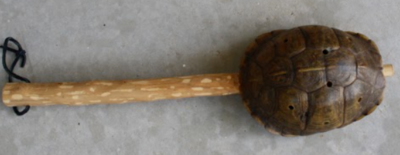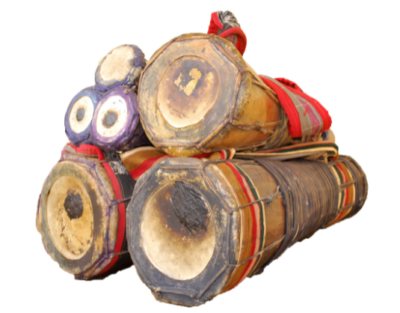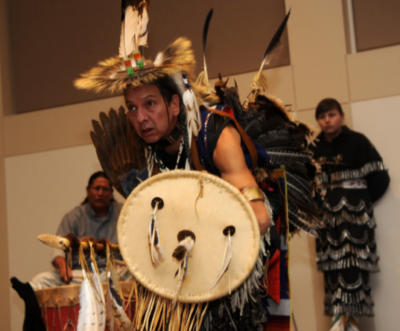Prior to the colonization that occurred between the 16th and 19th centuries, Indigenous Peoples in the Northeastern North American continent had rich cultures with sizable villages and social hierarchies. A few of the larger tribes included the Iroquois, Ojibwa, Sauk, Fox, and Illinois.
Explore the PDF handout mapping the original Northeastern Indigenous Tribes.

Learning Targets
- I can identify the original Indigenous tribes of the northeastern part of the North American continent.
- I can identify many attributes of the original Indigenous tribes of the northeastern part of the North American continent.
- I can analyze the effects of the exploitation of natural resources on Indigenous populations.
- Indigenous
- Continent
- Natural Resources
- Exploitation
- Mythology
- Advocate
- Wigwams
- Siouan
- Animism
- NARF
HANDOUTS
Have fun by learning some of the key terms for understanding the Indigenous Perspective.
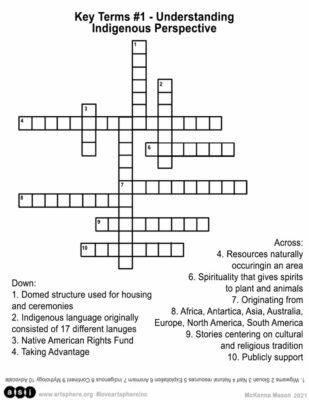
Check out a handout mapping the original Northeastern Indigenous Tribes.

Learn more about the original Northeastern tribes prior to colonialism:
Homes
Wigwams (or wickups), Longhouses

Languages
Iroquoian, Algonquian, Siouan
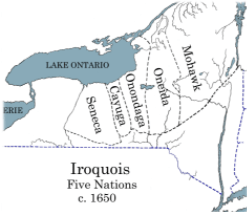
Food
Hunting, Fishing, Beans, Squash, Corn

Spiritual Practices
Animism, Shamans

Indigenous Origin Story
The story of the Sky Woman is the story of a goddess of the Iroquois (Haudenosaunee) – an Indigenous tribe of Canada and northern New York state.
Print out and color the PDF handout to learn more about the story of the Sky Woman.

Issues in Indigenous Communities
One of the many social issues that North American indigenous communities face today is the exploitation of their rich natural resources like oil, gas, and timber by private companies. Many tribal territories still own large areas of land, even though they are a very small portion of their original territories. This is a major social issue for these communities because it challenges their self-sustainability, leaving many of these communities without access to clean water. Additionally, many food sources come from the lands where these resources are being extracted, where these tribes hunt, fish, raise livestock, and plant crops. Due to new infrastures being built on these lands, as well as pipelines put in place for the transportation of oil, many of their sacred sites become damaged in the process.Prominent Youth Activist Autumn Peltier
Autumn Peltier uses the speech to call attention to the lack of clean water in numerous Indigenous communities.
Peltier spoke at the Global Landscapes Forum in New York City in 2018 and has made use of social media to spread awareness around the world.
Download the PDF to learn more about Indigenous activist and clean water advocate Autumn Peltier.

Calico Corn Project
You will need:
- Four pipe cleaners (of any color, most likely a husk color like green, brown, or yellow)
- Many (at least 50) multi-color pony beads and/or plastic bracelet beads.
Download the PDF handout to learn how to make your own calico corn with beads and a pipe cleaner!
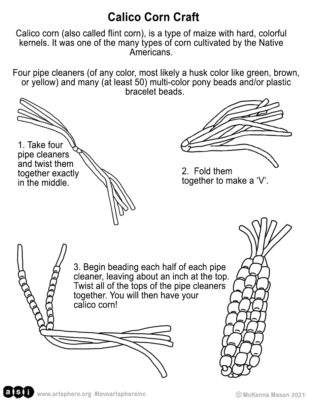
NORTHEASTERN TRIBES MUSIC
Northeast Cherokee
This water drum is played with a single stick rather than the of two drumsticks or the hand-drumming. The primary rhythm used in Cherokee drumming is simply marking the melodic beat. Rattles and shakers are made of similar materials and have similar purposes, the difference is the way they are played and who plays them. These idiophones are made of turtle shells, though occasionally hand rattles would be made of gourd, and filled with small pebbles to make the rattling sound. Traditionally, men perform with a single hand held rattle while women have turtle shell “shackles” tied to their legs.
Northeast Choctaw
Sinking sticks – The only instrument used by the Mississippi Choc- taw in accompanying their songs is a pair of striking sticks. These are made when needed, and those made by Sidney Wesley were about 10 inches long. The sticks are not round, but slightly flattened on two sides, affording suitable surfaces for striking together. Drum- Each medicine man at a ball game carried a drum, beating upon it during the game. The instrument is a small hand drum. Whistles, cane whistles, were blown during the ball game for good luck.
Northeast Iroquois
The turtle rattle about 10 inches to a foot long, including the handle, is considered best for singing. The horn rattles which the drummer’s helpers shake are a section of steer’s horn mounted on a stick by pegging the horn to two flanged wooden heads through which the handle passes. The pitch of the drum is raised by tightening the head. and this is accomplished by driving down the hoop. But there is a plug in the side of the drum where water is inserted, about a mouthful a day, and the plug must be removed first to prevent bursting the head. When not in use the drum should be kept in an inverted position to keep the head wet. Blowing a mouthful of water into the drum every day will ensure a uniform water table and accurate pitch.
Discussion Questions
- What are natural resources?
- Why is it important to protect natural resources in all communities, not only in indigenous ones?
Writing Prompts
- What steps are organizations like NARF taking to protect natural resources for indigenous communities?
- What are activists like Autumn Peltier doing to advocate for clean water in indigenous communities?
- What other activists are out there advocating for clean water solutions?
Work Cited
“Native American Lands and Natural Resource Development.” Natural Resource Governance Institute, 17 Feb. 2016, resourcegovernance.org/analysis-tools/publications/native-american-lands-and-natural-resource-development
“Protect Tribal Natural Resources.” Native American Rights Fund, 25 Jan. 2019
Staff, DiversityInc. “The Biggest Issues Facing the Native American Community Right Now.” DiversityInc, 13 Jan. 2021, www.diversityinc.com/the-biggest-issues-facing-the-native-american-community-right-now/




